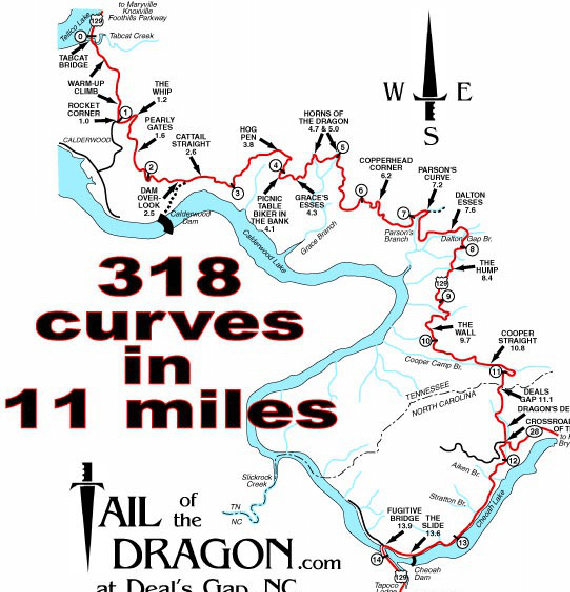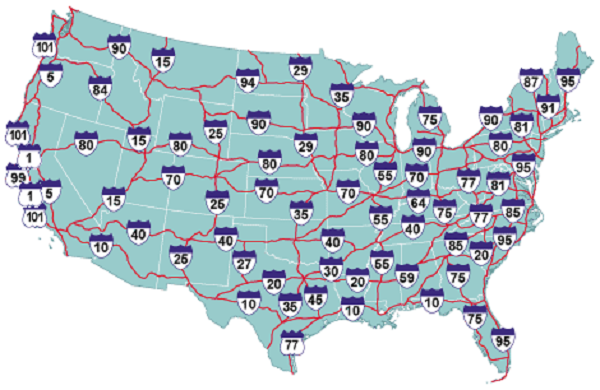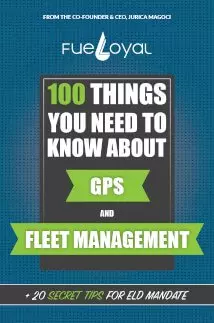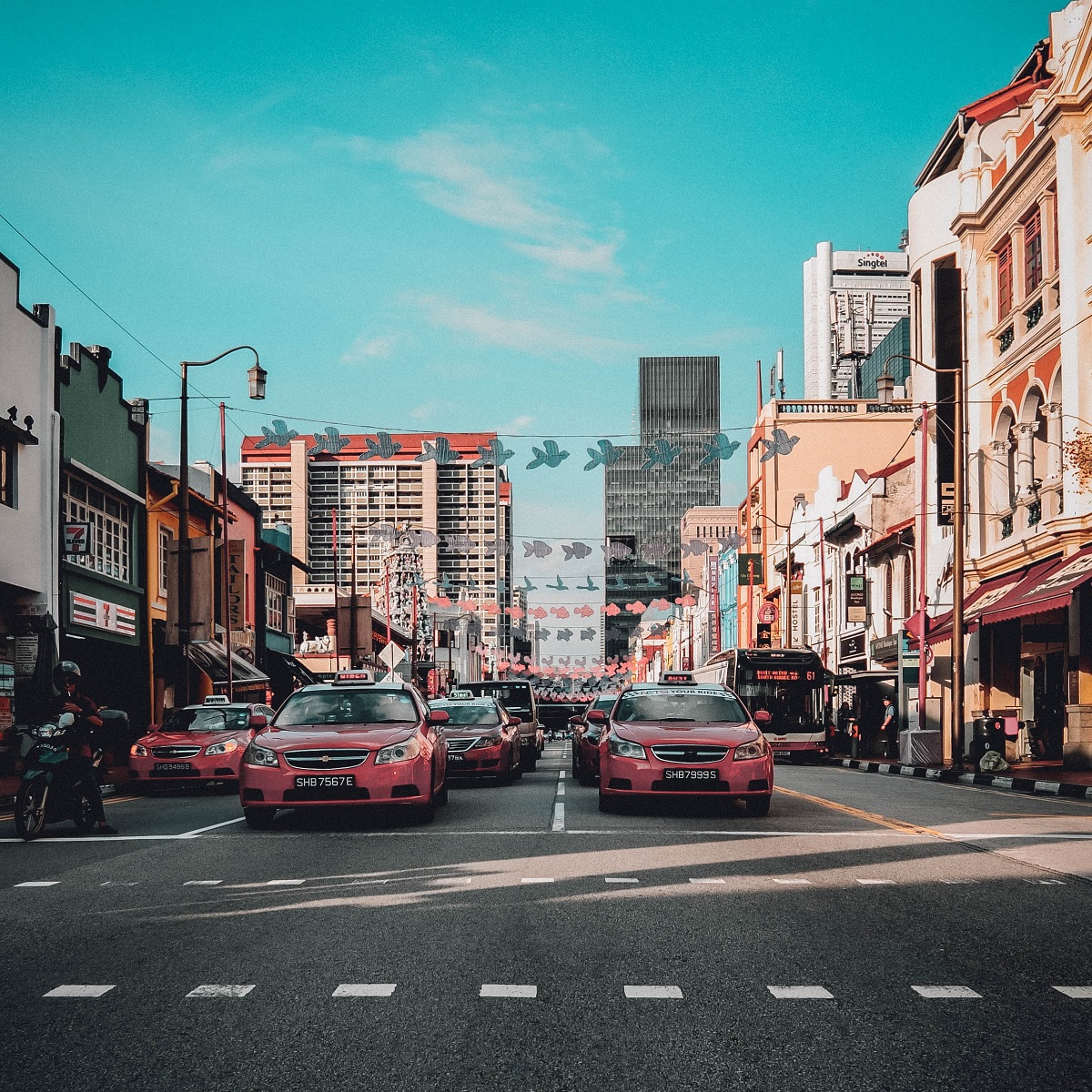There are many issues that drivers must be concerned with. Some are within the driver’s control (speed, mechanical issues, obeying rules and regulations and etc.).
Other things are not, but the driver can be on the alert for (weather, other drivers, wildlife, and etc.). Then there are those issues that just can’t be avoided. With the most obvious being:
The actual routes that must be traveled!
America has some of the longest stretches of highway in the industrialized world. We also spend more on our highway system than some countries have in their entire budget.
However, that doesn’t always mean the roads are perfect (far from it). Many factors can determine the road conditions, highway budgets, amount of traffic, and terrain being the main factors.
Source: www.goodreads.com
Most highways have been improved to aid in the flow of traffic. Sometimes roads are adjusted to skirt around small communities, other times the communities have grown up around the new highway.
But two things must be kept in mind. First, the better or more direct the road is, the more traffic will be sharing it.







